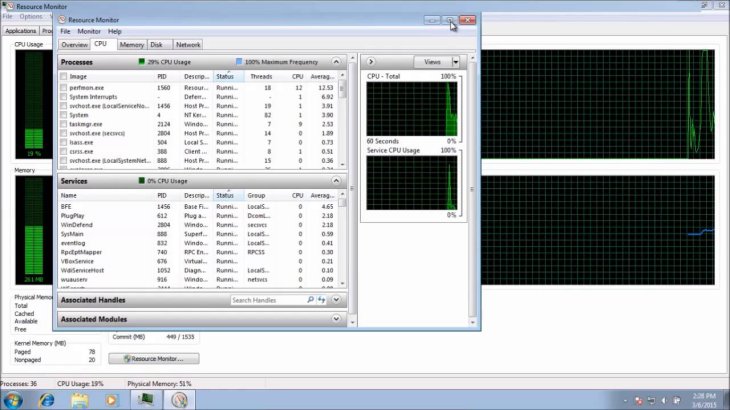

- Task manager shortcut desktop how to#
- Task manager shortcut desktop apk#
- Task manager shortcut desktop windows 10#
- Task manager shortcut desktop Pc#
- Task manager shortcut desktop windows#
Double-click on the taskmgr.exe to launch the command prompt. Copy and paste “ C:\Windows\System32” in the address bar on the top of file explorer.
Task manager shortcut desktop Pc#
Open the file explorer on your PC by pressing Win + E shortcut key combination.
Task manager shortcut desktop windows#
One of the possibly longest and final way to open the Windows task manager. 6 When finished, you can delete the downloaded. Whenever you want to launch task manager, just double-click on the shortcut key. 5 When prompted, click/tap on Run, Yes ( UAC ), Yes, and OK to approve the merge. Then, click on the Finish button to create the shortcut.
Task manager shortcut desktop apk#
Here is another key combination to open the Windows task manager instantly. Task Manager APK Shortcut (For OLD Samsung device) 16 KB ( ) - Task Manager APK - Task Manager Shortcut (For OLD Samsung device). Then type taskmgr in the text box and click on Ok button. All you need to do is just launch Run command either by pressing Ctrl +R shortcut key combination or by launching it from Start menu. Source: Windows Central Type the following command and click the Next. Select the New submenu and choose the Shortcut option.
Task manager shortcut desktop windows 10#
That’s it! You’ve learned to create a shortcut to Task Manager (showing all users) and assign a Hotkey to it.One of the easiest ways to launch the Windows task manager is by using Run command. Classic Task Manager brings back the classic Task Manager that was modernized in Windows 10 and 8.Some of the modern version's functions are visually. To create a shortcut to open Task Manager on Windows 11, use these steps: Use the Windows key + D keyboard shortcut (if applicable).
Note: For the Hotkey to work, you should have it either in your desktop or in Start-menu. Press a letter or use Ctrl+Shift combination. Click the text-box against ‘ Shortcut key’ label. Open up the shortcut properties (Right-click > Properties). Click OK again to the Task Manager Properties window.ĭouble-click the icon you just created and it should now list processes that run under all users. Click the first check box that reads ‘ Run as administrator’ and click OK. It should now show you the ‘ Advanced Properties’ window. In the Properties window, click ‘ Advanced’. To make it run as an administrator, right-click the file and click Properties. Making a shortcut run as an Administrator You’ll have to make it run as an administrator. You should now have an icon with the name you gave for it. It will let you force quit the program in three simple steps. If you do not want to end the task in Windows 10 using Command Prompt or Process Explorer, you can use the end task shortcut instead. Open Task Manager by using the keyboard shortcut Ctrl+Alt+Del or by right-clicking on the taskbar and selecting Task Manager from the menu that appears. While there are multiple ways to set process priority in Windows, the easiest method is to use the Task Manager.
Task manager shortcut desktop how to#
To create a shortcut, you’ll just have to right-click on an empty space (desktop or elsewhere), choose New > Shortcut.Īlong with an icon created, a window should pop-up asking you the location of the item to create a shortcut for. Also Read: Fix Unable to change process priority in Task Manager. How to Set Process Priority in Task Manager in Windows 10.


Copy and paste the location below into the location area, and click/tap on the Next button. Right click or press and hold on an empty area on your desktop, and click/tap on New and Shortcut. We are just going to open the file (taskmgr.exe) as an administrator. To Manually Create the 'Credential Manager' Shortcut. Here’s a way to make it show ‘All Users’ list by default when you open this shortcut that you’ll create yourself by the end of this article. And you’ll have to click the ‘ Show processes from all users’ button every time to view all running processes and that’s not what we need. The process list includes few System processes. When you open the Task Manager in Windows 7, you’ll only be presented with processes that run under your user account, even if you are an administrator.


 0 kommentar(er)
0 kommentar(er)
